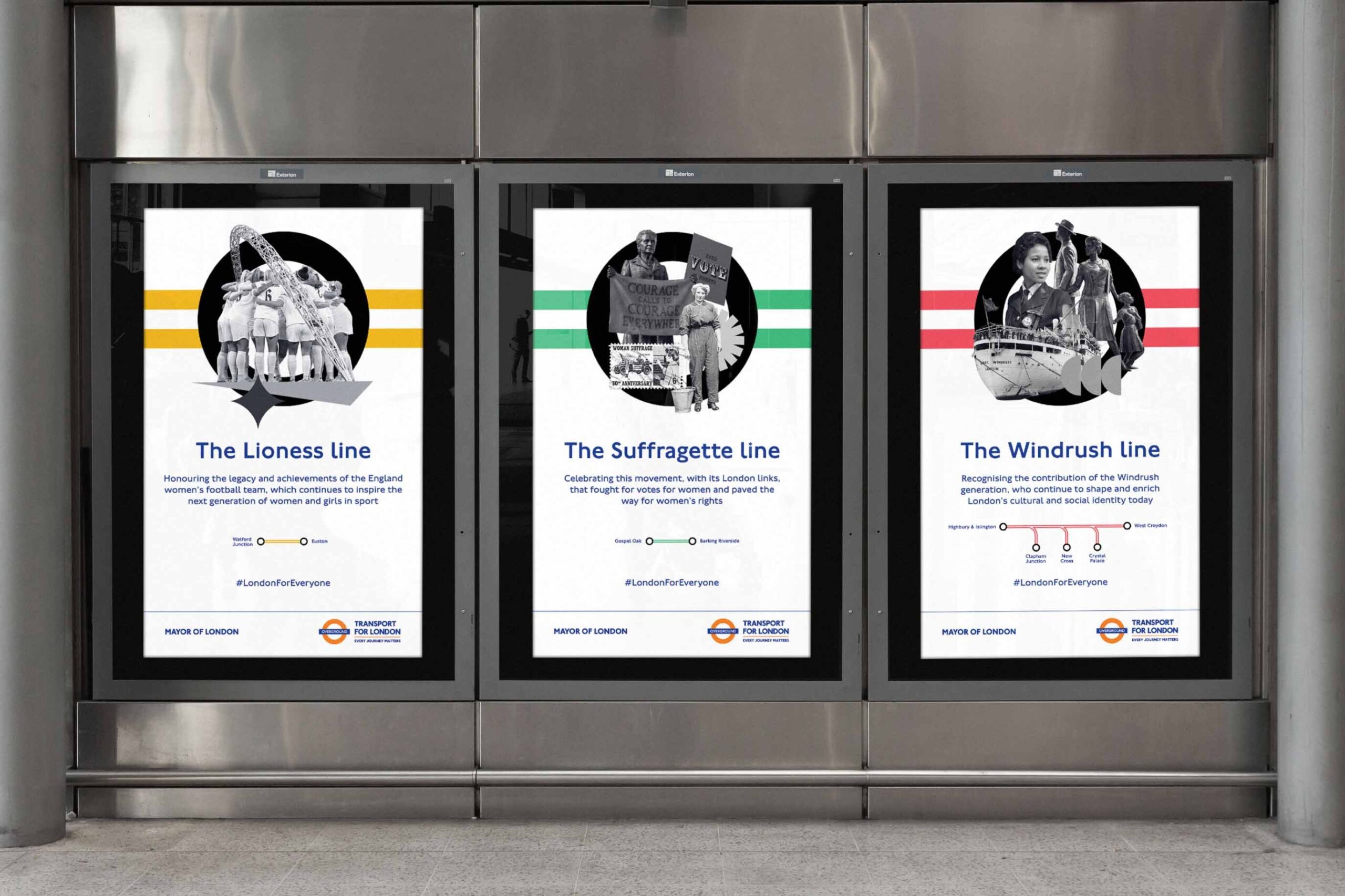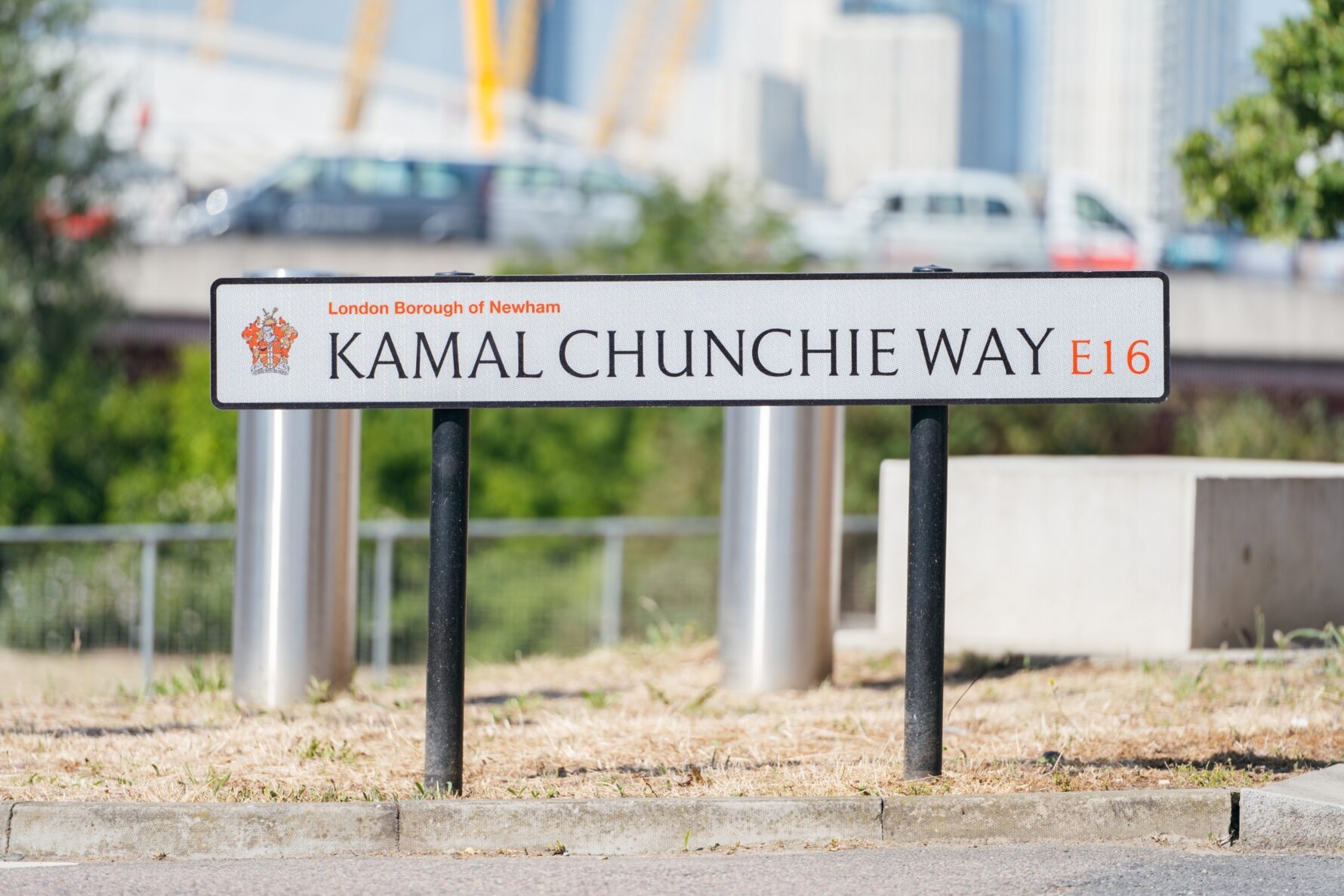Transport for London
Naming
Naming the London Overground lines
Transport for London
Naming
Naming the London Overground lines
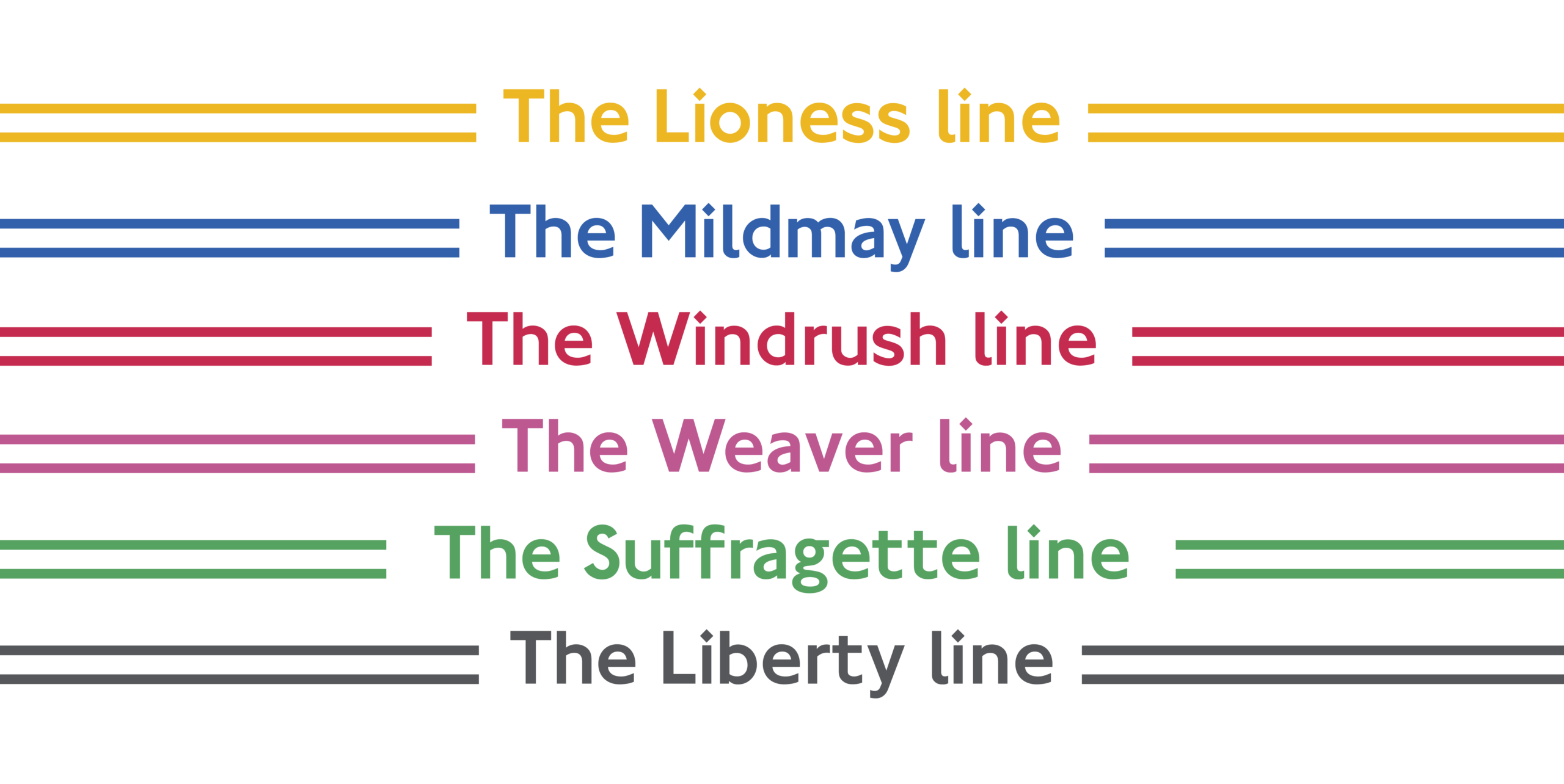
Spanning 100 miles of railway, 113 stations and 700,000 daily commuters, the expansive London Overground needed names for each of its six lines, but what to call them?
A first of its kind, the line naming presents an opportunity to tell stories that reflect our city’s super diversity.
Navigating the complex network
The Overground is a complex, sprawling system that encircles London in a wonky spiral. From the leafy suburbs of Brockley to the iconic stadium of Wembley and the creative neighbourhoods of Shoreditch and Hackney Wick — the six lines that make up the network are unified by its distinctive orange.
Now each of the six routes will have its own name and identity, celebrating London’s diversity in the public realm, a pledge from Mayor Sadiq Khan. The changes will improve navigation and give customers unfamiliar with the network confidence to travel around.
The journey starts with you, customers
We embarked on an epic five-month long research project of scale and depth. We devised a methodology of immersive research techniques and creative workshops, with a keen focus on connecting with underrepresented groups across London.
We started by riding the entire network, getting a sense of the line personalities and the communities they serve. It also gave us the chance to conduct over 150 customer intercepts, hearing from everyday Londoners about what makes the Overground special.
We quickly learned about the network’s low cognitive load — its lighter, cooler, quieter journeys meant that the Overground is often preferred by vulnerable groups and those with neurodivergent needs. The network also formed a ring of care around London, connecting key workers and patients to dozens of NHS hospitals in our city.


Inspiration in people, places and movements
Our extensive research programme took us to local and national archives, and a rare chance to host a workshop with those who know the network best — the Overground’s frontline workers. We also had the privilege of interviewing leading historians, academics and transport specialists delving into topics such as LGBTQ+ histories, East End migration and the fascinating world of London slang and linguistics.
Co-creation workshops with London’s wordsmiths
These conversations revealed stories to celebrate, and more importantly, formed a vital framework that helps answer: what does a good name look like? In a series of workshops with London’s writers and creatives, we explored themes of decolonisation, queer histories, intersectionality and young London’s perspectives. The message was clear: Londoners wanted narratives that are specific to movements and moments, and reflective of everyday people. In this historic moment, this is a chance to celebrate and capture what London is proud of.
DNCO would like to give special thanks to our research partners Tom Marriage and JC Kristensen.
The final six names
All of the research culminated in a long list of names and stories for the six separate lines. The final names were checked through a criteria that ensures success across operations, customer experience and lastly, a compelling story for London to celebrate.
We’re thrilled to present the final names:
Lioness, Mildmay, Windrush, Weaver, Suffragette, and Liberty.
Lioness line
Watford Junction to Euston
The new line name recognises the England women’s national football team — the Lionesses. This line passes through Wembley, home to many record-breaking games for the team, including when they won the first major championship by an England senior team since 1966 as part of the UEFA Women's Championship in 2022. The Lionesses are creating a lasting legacy that continues to inspire and empower the next generation of women and girls in sport.lin

Mildmay line
Richmond to Clapham Junction / Stratford
The Mildmay Hospital was Europe’s first hospice caring for people with AIDS-related illnesses. Here staff looked after Londoners, especially from the LGBTQIA+ community, and it served as the backdrop for iconic photographs of Princess Diana meetings with HIV/AIDS patients, challenging stigma at a national level when fear of the condition was at its height. As we mark 75 years of the NHS, the name Mildmay is a celebration of London’s many and critical centres of specialist care.
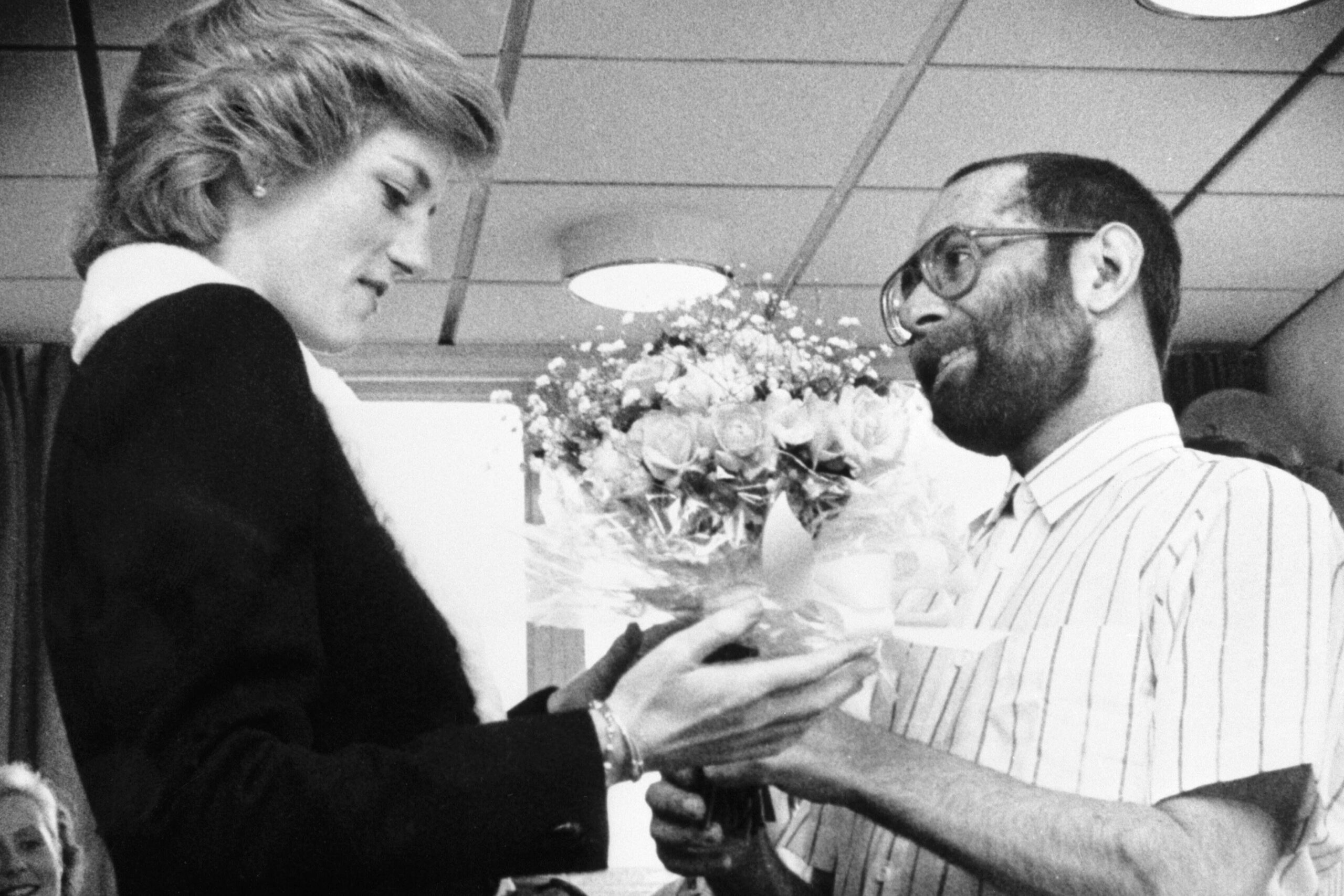
Windrush line
Highbury & Islington to Clapham Junction / New Cross / Crystal Palace / West Croydon
It’s been 75 years since HMT Empire Windrush arrived at Tilbury from the Caribbean. Today Windrush stands as a symbol for London’s multiple migrant communities and their incredible impact on contemporary life. Connecting Black communities in Dalston Junction, Peckham Rye and West Croydon, this line has been named in tribute to the Windrush generation’s continued importance in shaping London culture.
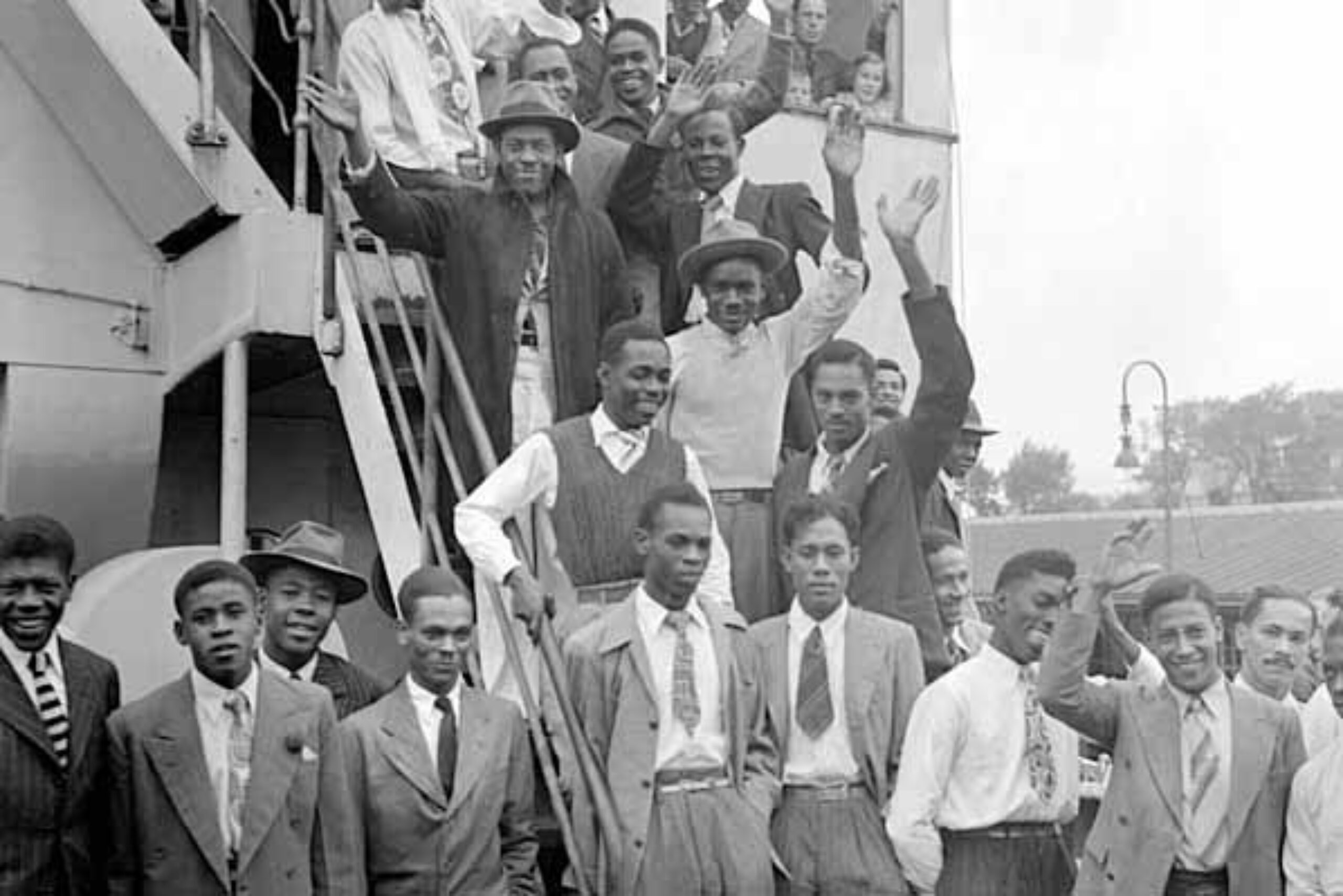
Weaver line
Liverpool Street to Chingford / Cheshunt / Enfield Town
This line moves through a landscape shaped by the textiles industry – from the French Huguenots, Jewish tailors and South Asian textile merchants of the East End to Walthamstow, home to design legend William Morris. The name speaks to the diverse families and communities who have built and continue to shape London’s success as a fashion and innovation powerhouse.
Photo credit: Rahemur Rahman
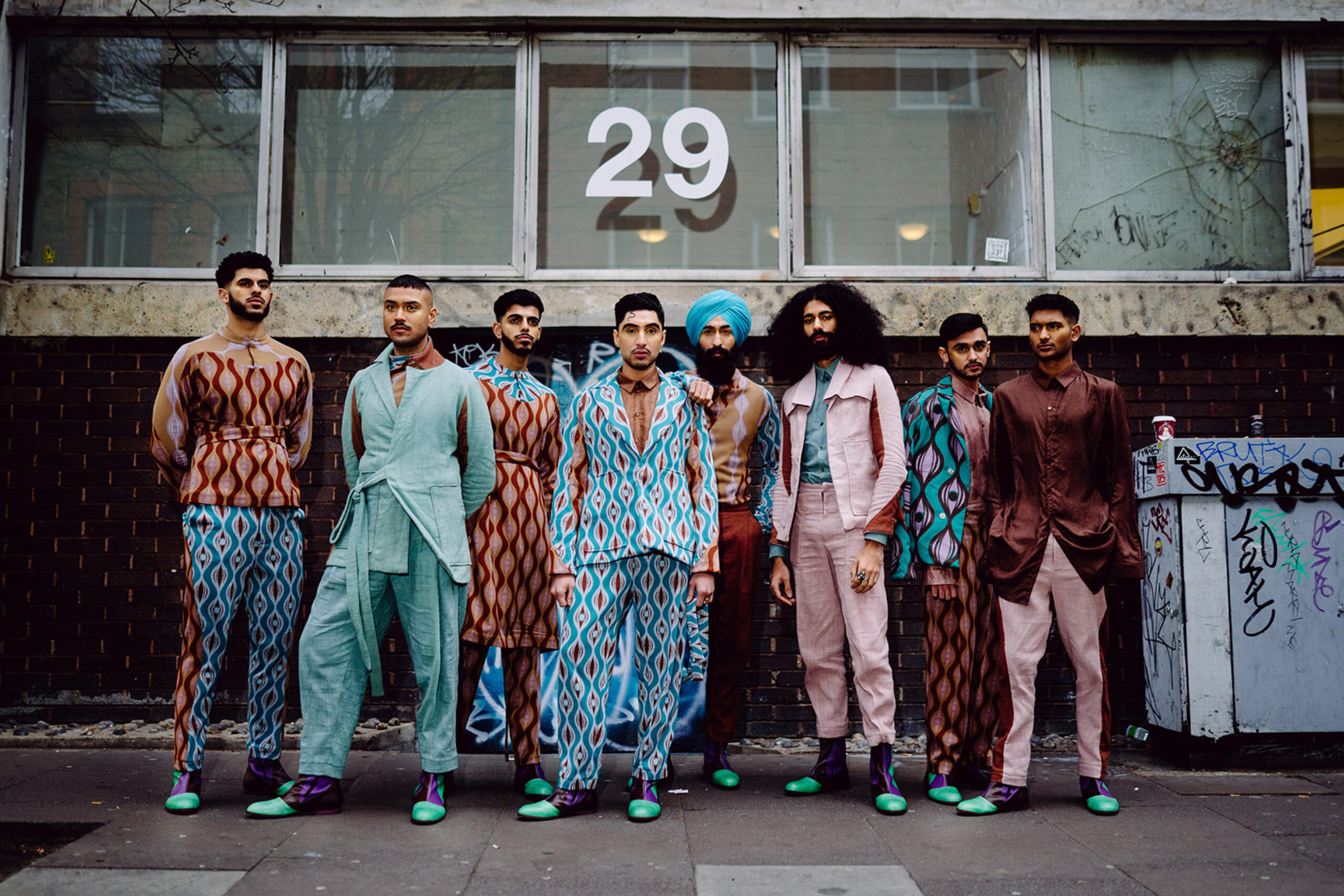
Suffragette line
Gospel Oak to Barking Riverside
Suffragettes fought bravely for the right of women to vote, using the London train network to organise and gather in protest. As we approach the centenary of this moment, the line’s name is a homage to the working class suffragette movement in the East End. This history is perhaps no better encapsulated than by Anne Huggett who lived, campaigned and died in Barking at the age of 103, making her the longest surviving suffragette.
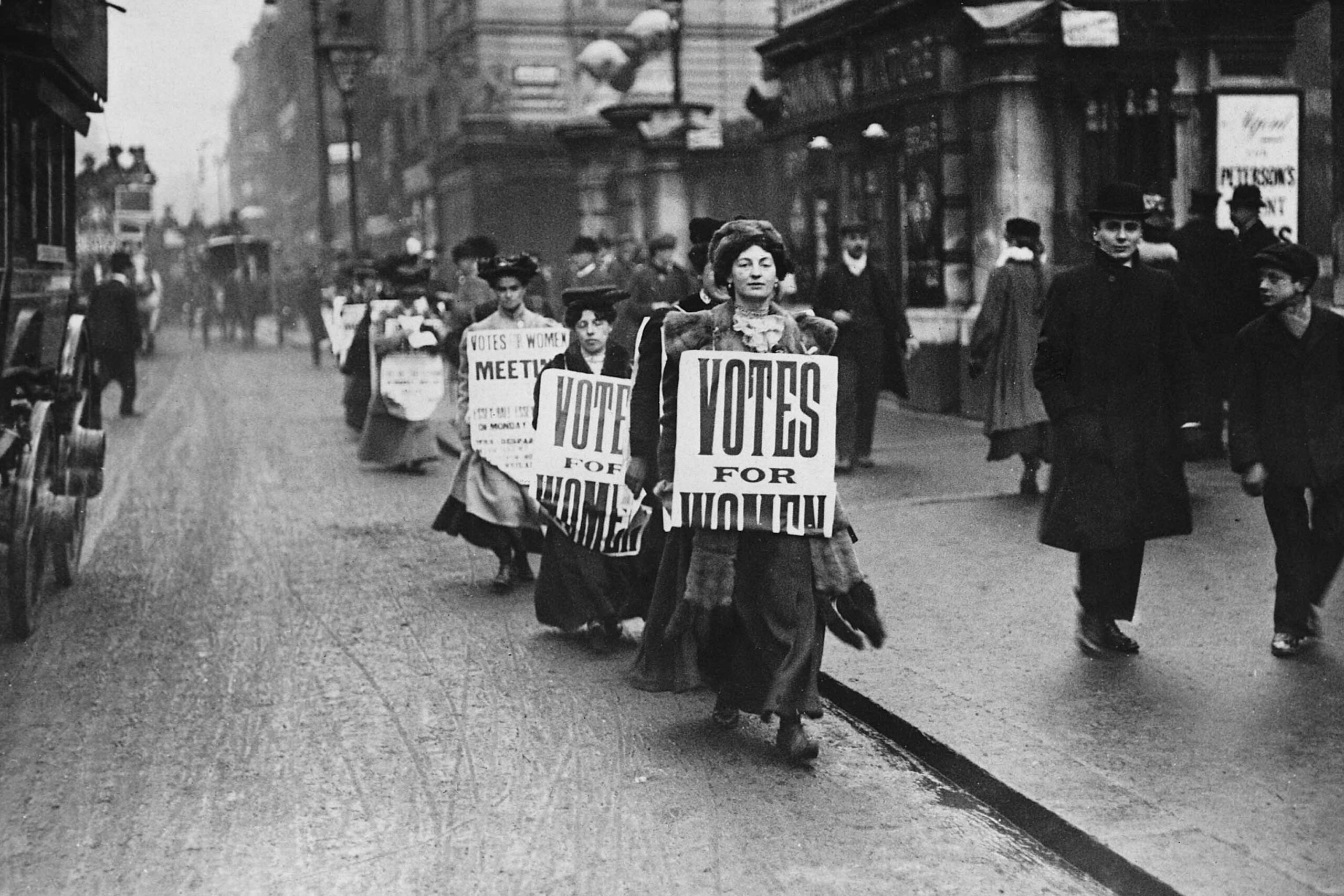
Liberty line
Romford to Upminster
The Royal Liberty of Havering was established in 1465, providing the area with greater self-governance in medieval Britain. Today, liberty simply means ‘the state of being free’. This line’s name is a celebration of the freedom of movement the London Overground network provides to many, as well as a playful nod to this particular line’s unique independence, giving the borough of Havering the freedom to explore everything London has to offer.

“More than just tracks and stations, the Mildmay line symbolises a journey of acceptance, love, and belonging — a vibrant thread connecting our collective past, present, and future.”
Geoff Coleman, Chief Executive Officer, Mildmay Mission Hospital
